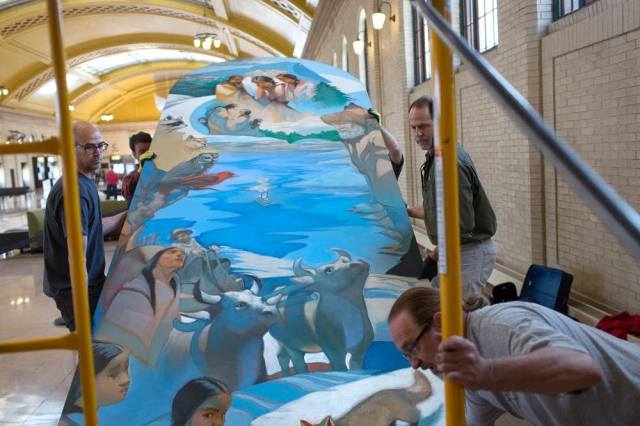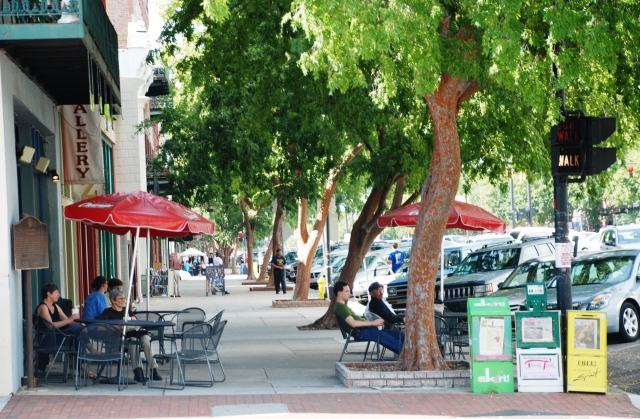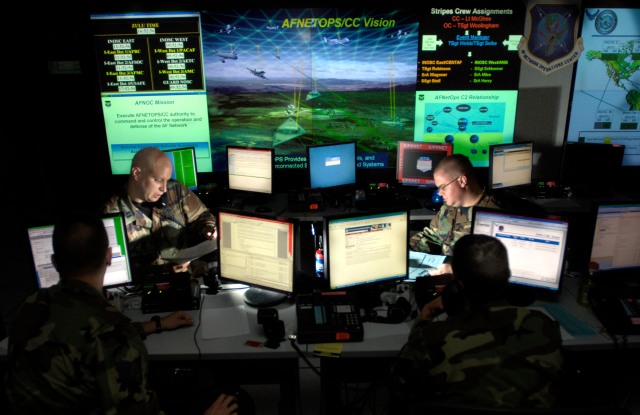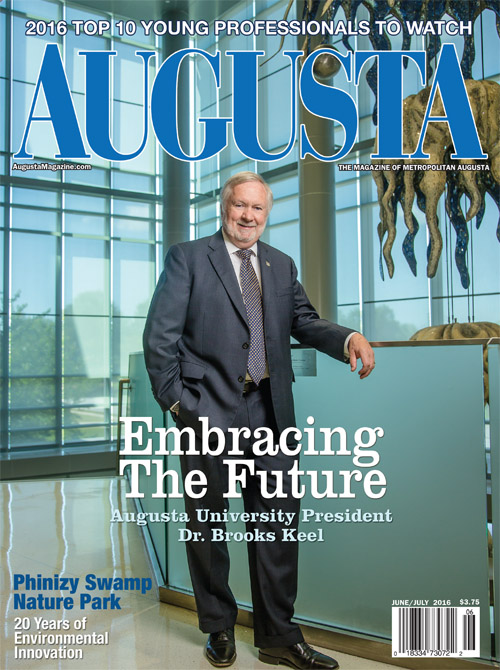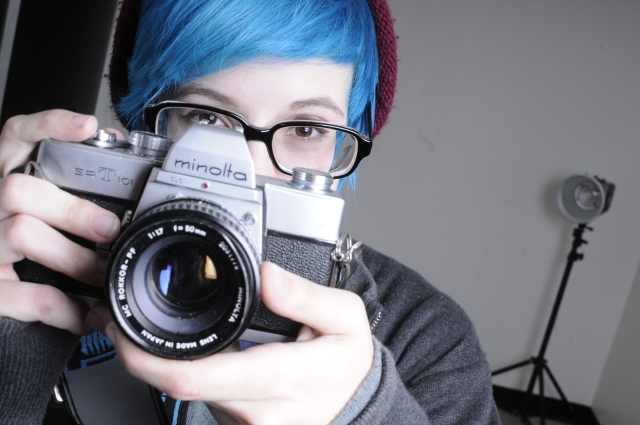
At the turn of the last century, a brilliant young inventor, Philo T Farnsworth, learned the hard way some endeavors are too big to go it alone. Farnsworth had an incredible vision—one that changed the way we live. From childhood, Farnsworth was brilliant and precocious. He constantly fiddled with electronics and gizmos. As a child, he converted his mom’s sewing machine from a manual one into an electric one. Then there was one fateful day when he was fourteen. On that day, he was struck by a vision of genius while working on the family farm. The parallel rows of potato fields in front of him prompted a moment of insight for transmitting rows of electronic information that could be reassembled to form an image. At that moment, Farnsworth conceived television.[i] That moment should have also ensured Farnsworth a place in the pantheon of great scientists, but it didn’t. Instead, it signaled the beginning of a lifelong battle of frustration.
Farnsworth was a loner and wouldn’t relinquish control of his invention to a large corporation. For this, he doomed himself into a revisionary tale of David and Goliath in which David lost. Farnsworth didn’t understand the complexities of bringing such a device to market, and he was outdone by the president of RCA, David Sarnoff. Sarnoff had the money and resources that large corporations do, and Farnsworth had little. Farnsworth had to do everything himself—even legal work. One of the saddest instances of Farnsworth’s troubles was when Sarnoff came to visit Farnsworth’s main laboratory in San Francisco, and Farnsworth wasn’t there. He was instead in New York combating a frivolous lawsuit. It could have been his chance to woo RCA’s media titan. Instead, what happened is that Sarnoff left San Francisco relatively uninterested and made a low offer for Farnsworth’s patents which Farnsworth turned down.[ii]
There are numerous occasions like this where Farnsworth either missed an opportunity or was not qualified for what he was doing, such as arguing a case before Congress. In front of Congress, he rambled endlessly.
In general, Farnsworth misunderstood how he needed others to help his invention succeed. He thought it was clear that he invented Television, and therefore, should always be the King of Television. But as more and more creative endeavors go, television needed resources to come to fruition. There were many parts to it. What he invented was the part that brought it to life. It was expensive, and it was a race. As Farnsworth worked on his image dissector, many others were developing similar technology. Farnsworth just happened to be in the lead at the moment. When RCA engineer Vladimire Zworykin finally filed a patent in 1931 for the iconoscope—his version of the TV camera—there were at least six similar patents from five different countries being filed at the same time. Farnsworth couldn’t keep up and, in 1939, witnessed RCA’s televised coverage of the World’s Fair in which Sarnoff introduced both President Roosevelt and Albert Einstein before claiming television as his own.[iii]
[i] Gladwell, Malcolm.”The Televisionary.” The New Yorker, May 27, 2002: 112-116.
[ii] (Gladwell, The Televisionary 2002, 112)
[iii] (Gladwell, The Televisionary 2002, 116)
